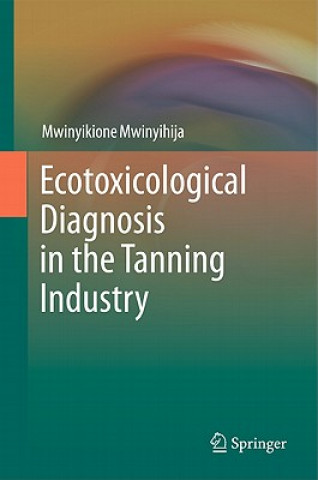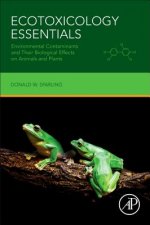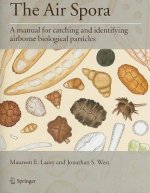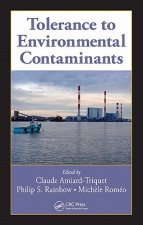
Livrare
Consilier de cumpărături





Nu se pretează? Nu contează! La noi puteți returna bunurile în 30 de zile
 Voucher cadou
orice valoare
Voucher cadou
orice valoare
Cu un voucher cadou nu veți da greș. În schimbul voucherului, destinatarul își poate alege orice din oferta noastră.
Ecotoxicological Diagnosis in the Tanning Industry
 engleză
engleză
 282 b
282 b
30 de zile pentru retur bunuri
Ar putea de asemenea, să te intereseze


The primary focus in this book is to identify the ecotoxicological impacts related to the tanning industry on terrestrial and aquatic systems. The research incorporated both field related and laboratory based techniques in the experimental design to address the underlying environmental problems in the tanning sector. First, the study aimed to investigate the occupational hazards within a tannery caused by contaminated dust. An optical set-up involving microscopy and digital imaging techniques was initially used to determine dust particle numbers and size distributions. After determining the particulate numbers and sizes a Monte Carlo method was used to estimate the concentration of the dust in the air throughout the tannery during an 8 h working day. However knowing the particulate quantitative profile is always not sufficient to adjudge the toxic potency of the dust. In retrospect therefore the work related to the book inclined a notch higher to determine the toxic nature of the dust (in addition to particle size relation to toxicity). Therefore an ecotoxicological screening of the dust samples for the first time (using a solid and liquid assay involving the response of luminescence (lux)-based bacterial biosensor) was conducted and complemented by chemical analysis to identify possible causative toxic components. In the second phase of the study, the tannery effluent and associated environmental samples were dissected and manipulated through sparging, treatment with activated charcoal, filtration and pH adjustment. The approach used highlighted the complexiity of toxic pollutants in the effluent from the tanning industry and the potential for remediation. Third, with the tannery effluent discharged into the adjacent river system (used for domestic and agricultural purposes) a partial environmental impact study (integrating toxicity assessment, measurement of microbial biomass activity and chemical analysis) was conducted with the main objective of investigating the river health status. Finally, three specific objectives were also achieved at the end of the investigation: characterization of effluents and sediments and riverine samples, assessment of ecotoxicity and bioremediation potential of primary contaminants and input of environmental risk assessment through development of a quantitative and qualitative risk assessment model also for the first time reported for the tanning industry. This initiative was primarily for the grand purpose of establishing the ecotoxicological impact of the tanning industry using the most current developed bioassays.
Informații despre carte
 engleză
engleză




 Cum să cumpăr
Cum să cumpăr






















